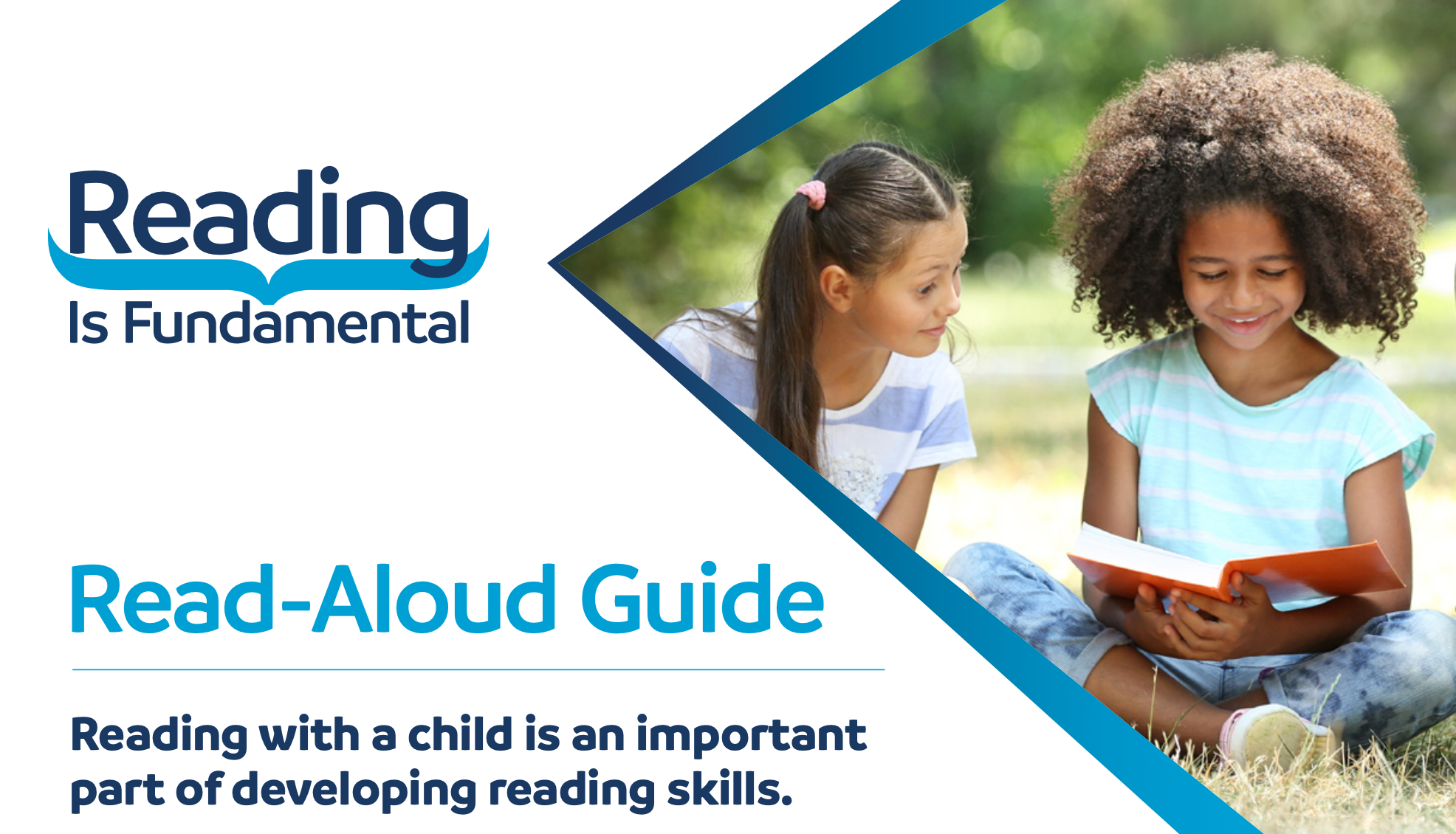 BookSpring is proud that our roots come from Reading Is Fundamental, the national program headquartered in Washington DC. In addition to being a continuing funder to BookSpring through the Books for Ownership programs, they watch news and trends, such as The National Assessment of Educational Progress (NAEP), which showed recently that school disruptions caused by COVID-19 have returned us to reading scores seen 30 years ago. But by working together, we don’t have to wait that long for our children’s love of reading to recover. Reading Is Fundamental is providing this useful and comprehensive Read Aloud Tip for families, which you can download for free right now:
BookSpring is proud that our roots come from Reading Is Fundamental, the national program headquartered in Washington DC. In addition to being a continuing funder to BookSpring through the Books for Ownership programs, they watch news and trends, such as The National Assessment of Educational Progress (NAEP), which showed recently that school disruptions caused by COVID-19 have returned us to reading scores seen 30 years ago. But by working together, we don’t have to wait that long for our children’s love of reading to recover. Reading Is Fundamental is providing this useful and comprehensive Read Aloud Tip for families, which you can download for free right now:
Download the RIF Read Aloud Tips Guide
One of the best things you can do as a parent is continue or start the practice of reading aloud to your child. You can start from birth, but research also shows that children and parents can benefit from reading together up through their middle school years.
 There is something special about hearing well written words spoken aloud. It’s like hearing an instrument well played, or having a recipe for a new dish turn out just right. When we read silently to ourselves, we see all the notes and ingredients, but only when it is read aloud do we fully experience the flow of the words and the emotional impact of a dramatic or comic story.
There is something special about hearing well written words spoken aloud. It’s like hearing an instrument well played, or having a recipe for a new dish turn out just right. When we read silently to ourselves, we see all the notes and ingredients, but only when it is read aloud do we fully experience the flow of the words and the emotional impact of a dramatic or comic story.
Even reading non-fiction aloud turns a textbook into a documentary film, and the shared attention created by the act of speaking and listening the written word invites engagement and follow up discussion, leading to deeper and wider understanding.
Here are more concepts to know and focus on, also adapted from Reading Is Fundamental:
- Rhyming is grouping words together by a common ending sound such as square, chair, and hare. You can find rhyming words in poetry, songs, and books for children. Rhyming can support reading and spelling development.
- Print Awareness is a child’s understanding that spoken words can be written down, that books and other print materials contain letters and words, and that text is read from left to right and top to bottom.
- Reading Aloud daily is one of the most important things you can do to help your child grow into a reader. Reading aloud helps develop concepts about print, builds vocabulary, and allows children to experience the joy of reading.
We hope you take advantage of these wonderful tips and resources from our partner and co-parent organization, Reading Is Fundamental, and pick up a print or digital book and read together with your child today.
